One of the things I love most about our home is the giant maple tree in the front yard.
It’s expansive and vibrant—one of the first things you see when you round the corner onto our street. It’s the tree where we hung our daughters’ favorite swing, the one with branches that stir in the wind and filter warm afternoon light through our bedroom window.
If I’m honest, it’s also a risk—to have a tree this large so close to our house, so tall and branchy, the trunk beginning to split down the middle.
Once, during a particularly blustery thunderstorm this summer, my husband stood watch at the front window to make sure the tree would remain upright.
It did.
Miraculously, there were only a few medium-sized branches to clean up the following day. But a quick walk through the neighborhood revealed how easily it could have gone a different way. My girls and I passed felled tree after felled tree—huge splintered hunks blocking cars and pedestrians and missing houses by mere inches.
Like I said, it’s a risk.
Even still, it’s a risk we have been willing to take.
The morning after the storm, my husband calls three tree trimming companies.
Two of them come out promptly and study the tree from all directions, walking slowly around its circumference, hemming and hawing.
What they can agree on—it needs to be trimmed. Badly.
What they can’t agree on—whether or not to meticulously reduce the weight on each individual branch, whether or not to place steel rods through the tree’s splitting trunk.
What my husband and I can’t agree on—how many of our own resources we will put towards keeping this tree alive, how important it is to us to work for its flourishing.
There is something very midwestern about observing your neighbors’ lawn-keeping habits over the years.
You can learn a lot about someone from watching them putz around in their yard—their personalities, their habits, their propensity for risk, their quirks and idiosyncrasies, the things that matter to them most.
Across the street live the first neighbors we ever met upon moving into this house. They are quiet, kind, keep-to-yourselves kind of people. No children, one beloved dog. Immaculate gardens. Perfectly-swept sidewalks. And after every winter snowfall, no matter how small, one of them will prop a ladder against the side of their house and scrape every reachable square foot of snow off their roof.
I guess what I’m trying to say is, it didn’t come as a huge shock when they hired someone to come chop down the large oak tree in their front yard.
No, it wasn’t sick. No, it wasn’t dying. And no, it wasn’t as close to their house as our tree is to ours.
But I guess, at the end of the day, we each have to make our own risk assessments.
And ultimately, for them, the risk simply wasn’t worth it.
I am tempted to write this story in a way that satisfies my brain’s proclivity to make the story simple, digestible—all clean lines and right angles.
I am tempted to distill this metaphor into its simplest form—to write something about the tree as [fill in the blank].
Tree as [church]? Tree as [God]? Tree as [myself]? [My friendships]? [My family]?
Maybe it’s all of it. Maybe it’s none of it.
Maybe, at the end of the day, this is larger than metaphor.
Maybe this is not metaphor at all, but theme.
Maybe this is about the choice I make every day—between cutting some pieces back for flourishing, and chopping down the whole damn thing.
The day the arborist from the third tree trimming company finally knocks on our door, it is just me and the children, and we are already late for swimming lessons.
I open the door, hair falling wildly around my face, children close at my heels, already howling about some minor inconvenience.
We exchange pleasantries over the commotion, and he takes a few moments to assess the tree before explaining his recommendation as I haul the children to the van.
I catch only snippets of what he is saying—something about reducing strain, something about maintaining structural integrity, something about allowing wind to pass through.
Something about weight reduction, letting the light in.
Something about how this will cost more.
Something about thriving.
I have done a lot of personal work lately around expansion—I have thought and journaled and spoken to my people about what it means to keep reaching out, keep showing up, keep trusting in abundance.
But here is the shadow side of expansion that is less sexy, less prominent, less trendy:
The part where we must step back. Where we look at a growing thing from all sides. Assess the risk. Make the call.
More often than not, any sustainable future expansion depends on some sort of temporary loss, some sort of reduction, some sort of consenting to pain.
That is to say, we must make room.
Room for the wind to pass through.
Room for the light to get in.
A tree is not a stone.
It grows and moves and is being made and remade in every season.
This is what I think about the day after our tree is pruned and trimmed and lighter than it has been in years—as I push my daughter in the swing, higher and higher, her eyes tracking every passing car, mine gazing up through the branches.
This season of my life is more dissonant, more achy than I thought it would be. I feel, acutely, the pruning, the thinning, the cutting back in my own body.
But then, I am not a stone, either.
I, too, am growing and moving and being made and remade in every season.
And when I look up through the tree branches, I can see light where I couldn’t see it before.
The truth is, keeping this tree will always be a risk.
But it’s a risk I’m willing to take.
November Delights:
Currently reading:
The Way of Belonging by Sarah Westfall — If you need a grounding, enriching reminder that belonging begins on the inside, not the outside, this book is a great place to start.
As Long As You Need by J.S. Park — We are not good, as Americans (or as Christians) at sitting in our grief and feeling it (particularly if the grief is over something intangible). We tend to want a timetable, or a verse we can use to spackle over the grief. J.S. Park is well-versed in holding space for the grief of others without spiritually bypassing, and it’s been a balm.
Motherland by Elissa Altman — When Maggie Smith mentioned this was one of the books she read while writing You Could Make This Place Beautiful, you bet I snatched it up fast. It’s a memoir about a complicated mother-daughter relationship and all the ways we relate with the women in our lives.
A few things I’ve been loving lately:
Guys, I use this microwavable lavender heat pack every day. I put in my lap when I’m writing (very grounding, very relaxing, very toasty for cold winter days). I put it at the foot of my bed when I’m falling asleep. I use it after barre. It’s priceless, is what I’m trying to say. (Local Minneapolis peeps, I got mine from Patina!)
I’m going to try out knitting some simple (?) color work squares into a blanket this winter (pray for me). This Etsy shop has digital patterns, videos, detailed tips and tricks, and info on where to buy the right yarn. Very helpful for beginners.
These are my favorite slip-on-and-go shoes that still work in the winter and won’t break the budget.
A few things the kids have been loving lately:
The honest-to-God truth is that the biggest things my girls have played with this month are sticks and cardboard boxes. I don’t know what’s happening, but I’m rolling with it.
That being said, a few other non-toy things saving our lives on crabby days:
Deluxe Baths™: Hear me out. Crabby child goes into a bubble bath with an audiobook, a candle (or a small light), a cup of tea, and some fruit. Shut the door. Let the child decompress for 15 minutes (let yourself decompress from said child for 15 minutes). Voila. This method has solved many a derailing afternoon in our family, and I stand by it. (Remember, boys can like baths, too).
Homemade Music Videos: Find a good Kidz Bop beat. (Secretly snicker to yourself at the words the Kidz Bop writers sub in for swears in the T-Swift songs). Let the kids raid the dress up bin. Set your phone/tablet to record video of kids dancing. Boom. It’s like (clean) MTV in your living room. My kids have also enjoyed recording their own audiobooks, or drawing tutorials for “other kids”.
Use Bluey as a Launching Point for Make-Believe: I don’t think I have to describe this one. (Bonus points if you can get your kids to play Grannies from the “Grannies” episode).
A few good eats:
Sheet-Pan Sausages with Brussel Sprouts and Honey Mustard — I love a good sheet-pan recipe for quick and easy dinners.
Autumn Harvest Honeycrisp Apple and Feta Salad — This salad has crispy prosciutto in it, and I think that’s pretty much all you need to know.
Chicken Vegetable Soup — There are a lot of creamy, rich chicken soups out there but this one has a tomato-based broth and is chock full of veggies. A welcome change in our dinner lineup!
Watching + listening:
Whew, this episode of Kelly Corrigan Wonders made me cry. It’s all about being brave in our families. Kelly Corrigan and Aliza Pressman discuss attunement, vulnerability, and generational differences and share some really touching stories.
Jim Gaffigan is always, always so hilarious. This new special was no exception.
Ben Rector released three songs from his forthcoming album Songs From the Richest Man in the World and we have been listening to them on repeat, over here.
Some good writing:
“Hope is the currency of parenthood. That’s exactly what I would have said if I were still talking about birth rates, about why one might still want to bring a child or two into this world. It’s how we survive the inevitable heartaches, it’s why many of us made this choice in the first place, the sometimes joyful, sometimes solemn belief in the possibility of tomorrow.”
— Finding Hope in Hopelessness by Amil Niazi
“Howie lost his ability to summon words like “sugar” and “Florida,” but he retained something far more important. He never lost his ability to see people. The clerks and cashiers we met on his daily errands were not anonymous servers—they were experts, and they deserved his deference. Not because he was frail and a little fuzzy, but because they were working hard and they knew things—about the best cut of meat, the location of the gardening tools, the proper placement of canned goods in a grocery bag.”
— Coping Lessons From My Uncle Howie by Sara Eckel
“There is something awesome and wonderful in how God entered the world as a baby, a baby who no doubt formed attachment relationships with his parents, and grew to have strong friendships with his disciples; and there is something terribly human in the fact that, on that Cross, he was abandoned by his closest friends and completely separated from his own Father. It means that Jesus Christ knows—not by doctrine, but by experience—the joy, love, fear, pain, anger, and sorrow that accompany our attachment relationships. It means that when we feel abandoned by God, God himself understands.”
— Attachment Theory and Your Relationship With God by Bonnie Poon Zahl
ICYMI:
This month, I wrote about subtraction and expansion and how to make sense of our betrayal stories.
Plus, a new edition of Part-Time Poets comes out tomorrow!






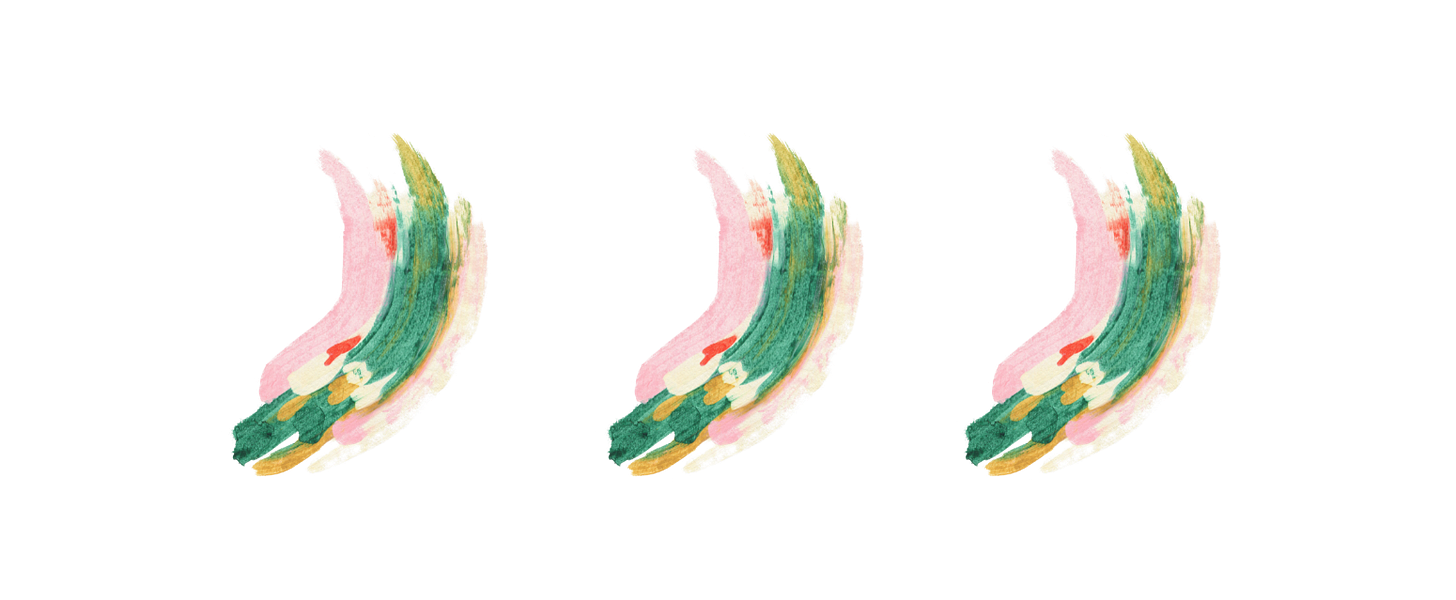
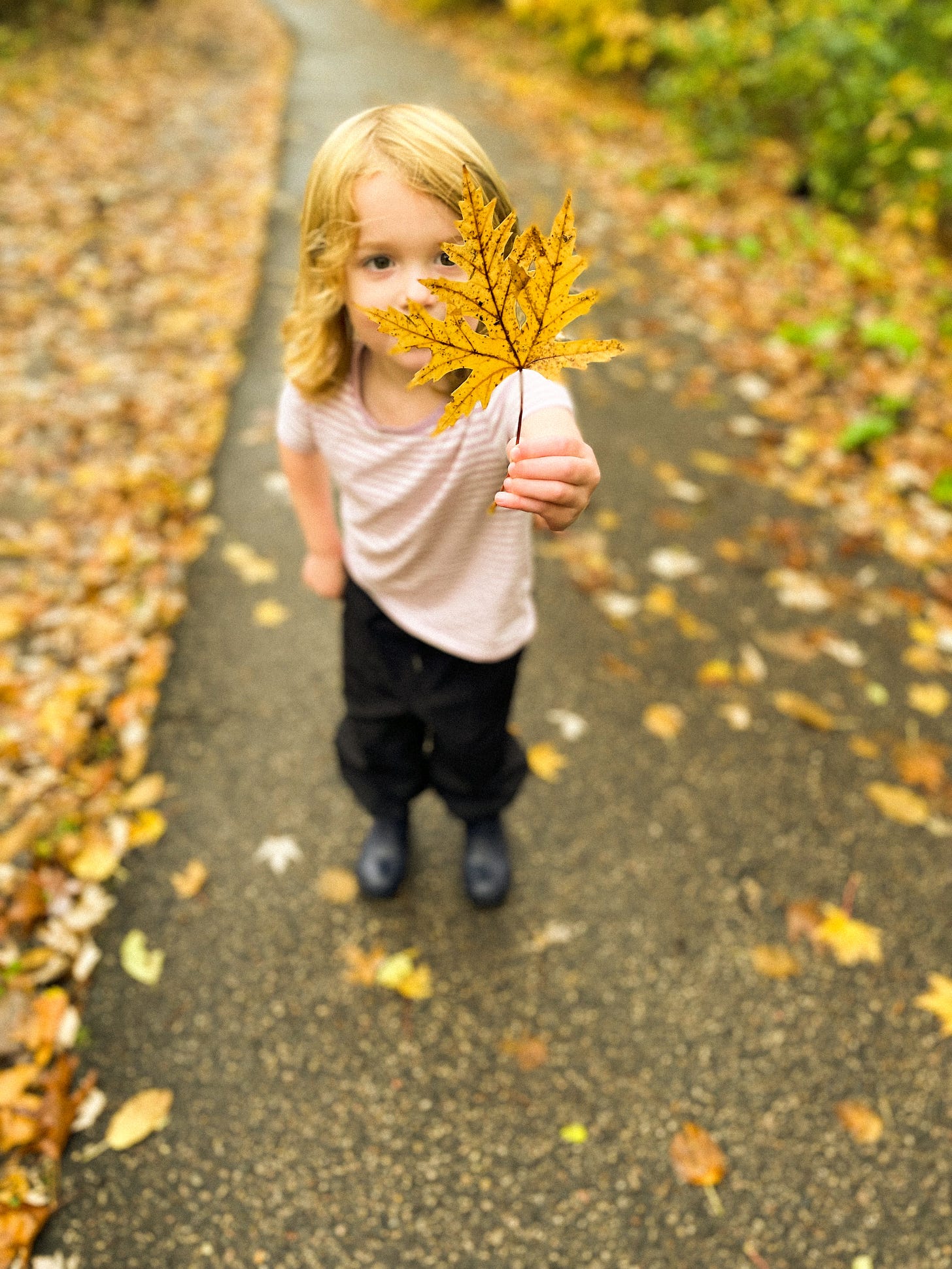
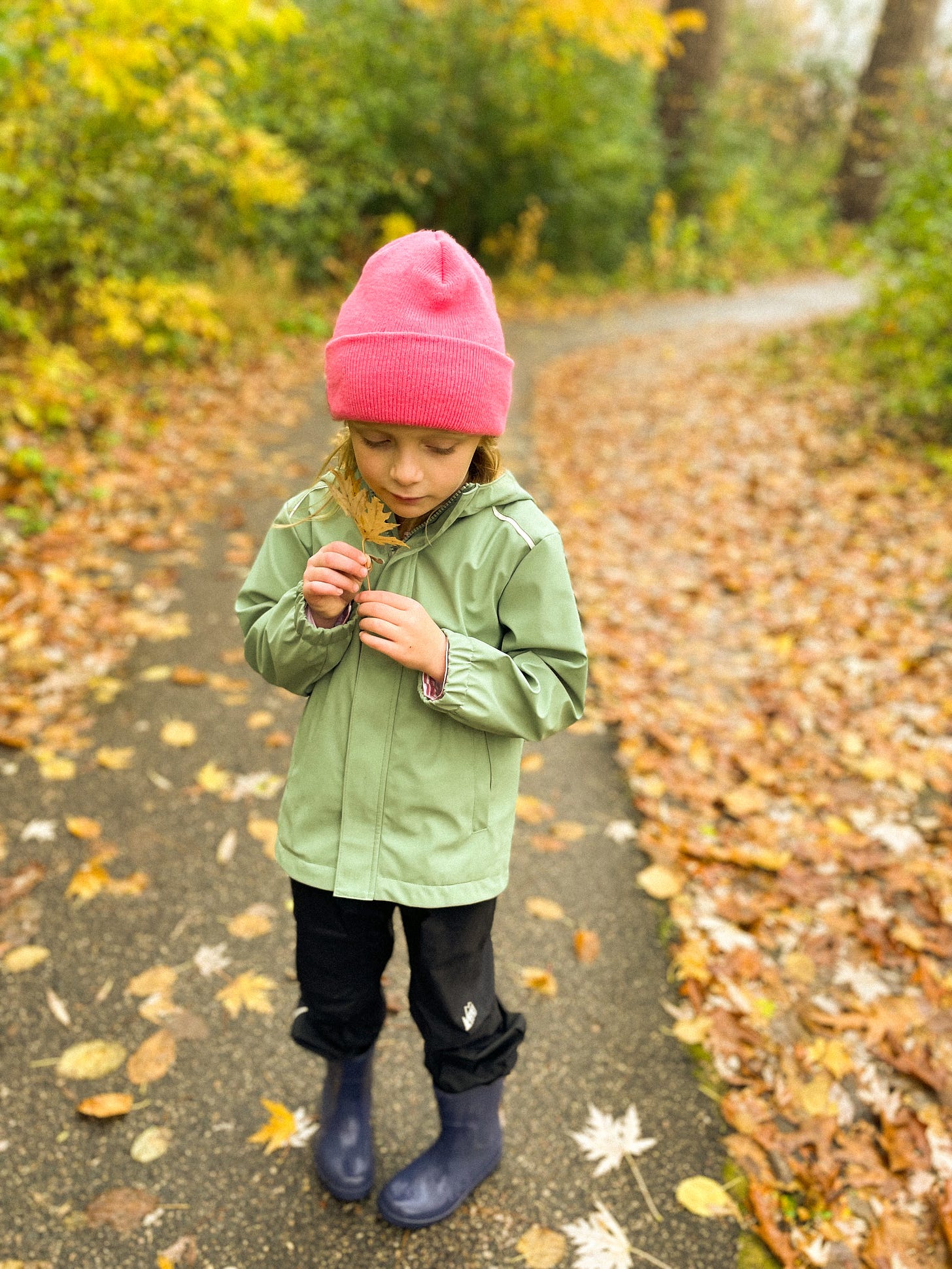
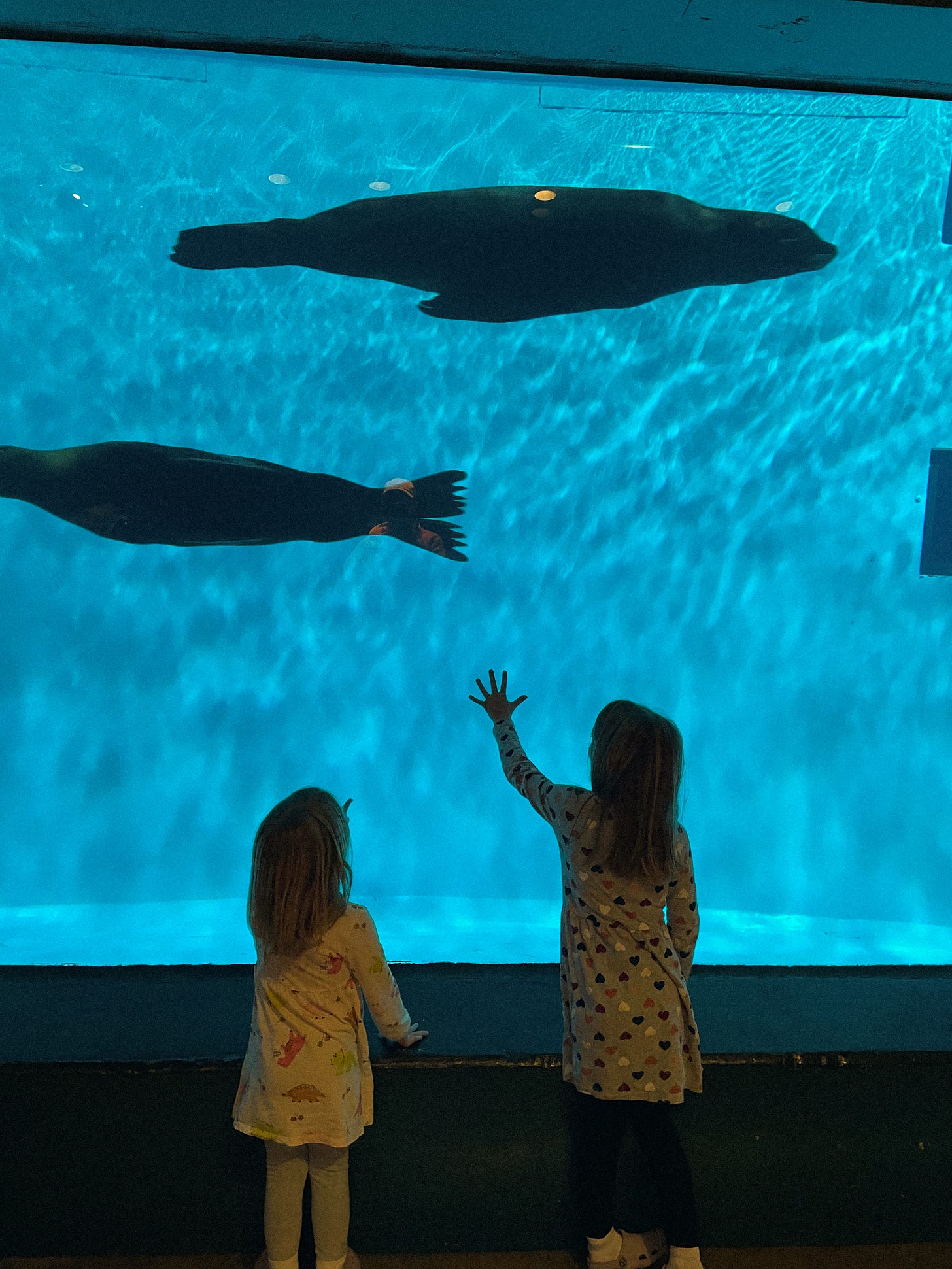
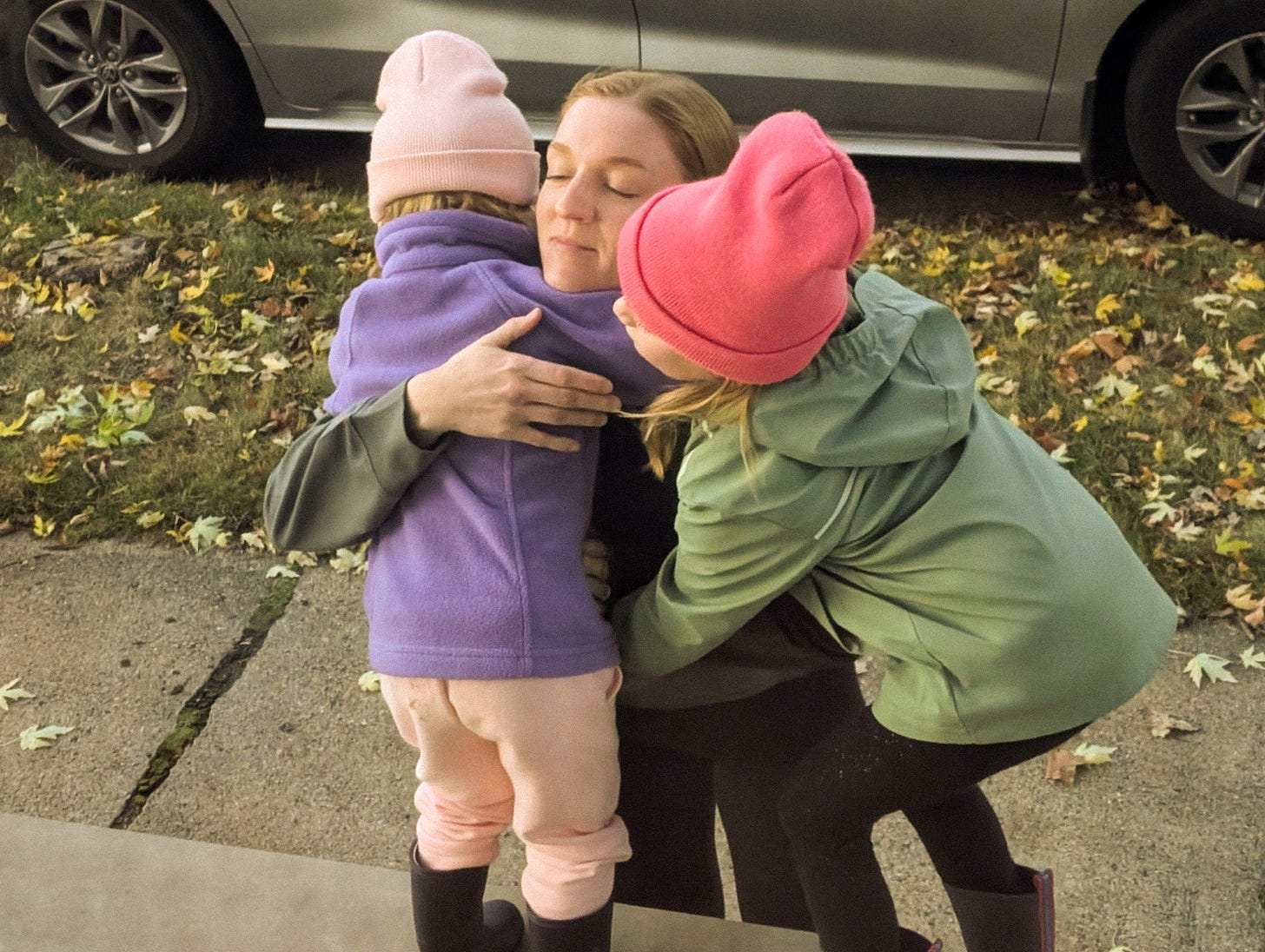


This piece is beautiful and moving - thank you for sharing ❤️ I will definitely be trying Deluxe Baths™, BRILLIANT 🙌🏻😂
The tree 😭😭😭 I also picked up Caroline Cobb’s advent book on a whim and am ALL IN.